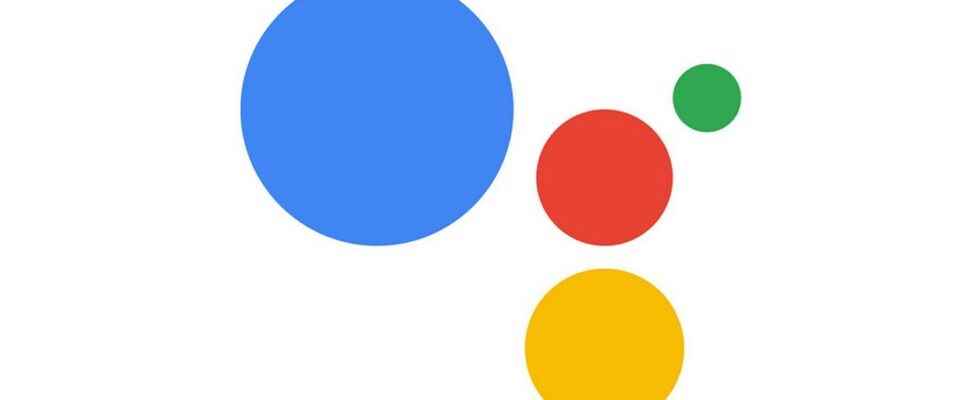Voice assistants are certainly very practical, but we do not speak with them as with a real person. At the I/O 2022 conference, Google presented three improvements that make interactions more natural. They are currently limited to the Nest Hub Max smart speaker in the United States, but it is likely that they will gradually appear on the Tech giant’s other devices.
Thus, the user will no longer need to say the keyword “Hey Google” to start a conversation. It will be enough that he looks at the screen in an intentional way for the assistant to start listening. “The ability to distinguish an intentional gaze from a mere fleeting glance requires six machine learning models that process more than a hundred signals in real time,” said Sissie Hsiao, vice president and general manager in charge. of Google Assistant.
Google I/O 2022 – Sissie Hsiao with a Nest Hub Max
In particular, the device will use the camera and the microphone to assess the proximity of the person, the orientation of their head, the orientation of their gaze, the movement of their lips and the general context. These signals are also used to authenticate the user, otherwise the assistant will not show up.
Another novelty: the Nest Hub Max assistant will be able to respond immediately to predefined commands (“Quick phrases”), as is already the case on Pixel 6. These commands allow the user to perform mundane tasks and frequent, without being forced to say the keyword. Examples: turn off the light, set a timer, ask the weather forecast…
A more relaxed assistant
Finally, the user will be able to formulate his requests in a more relaxed way, because the voice assistant will be able to understand conversational sentences even if they are interspersed with pauses or interjections (“uh”, “hmm”). Like we do in real life. To achieve this, Google is beefing up the neural networks embedded in its Tensor chip so that they are able to recognize and interpret these language elements, without increasing latency.
Source: Google
